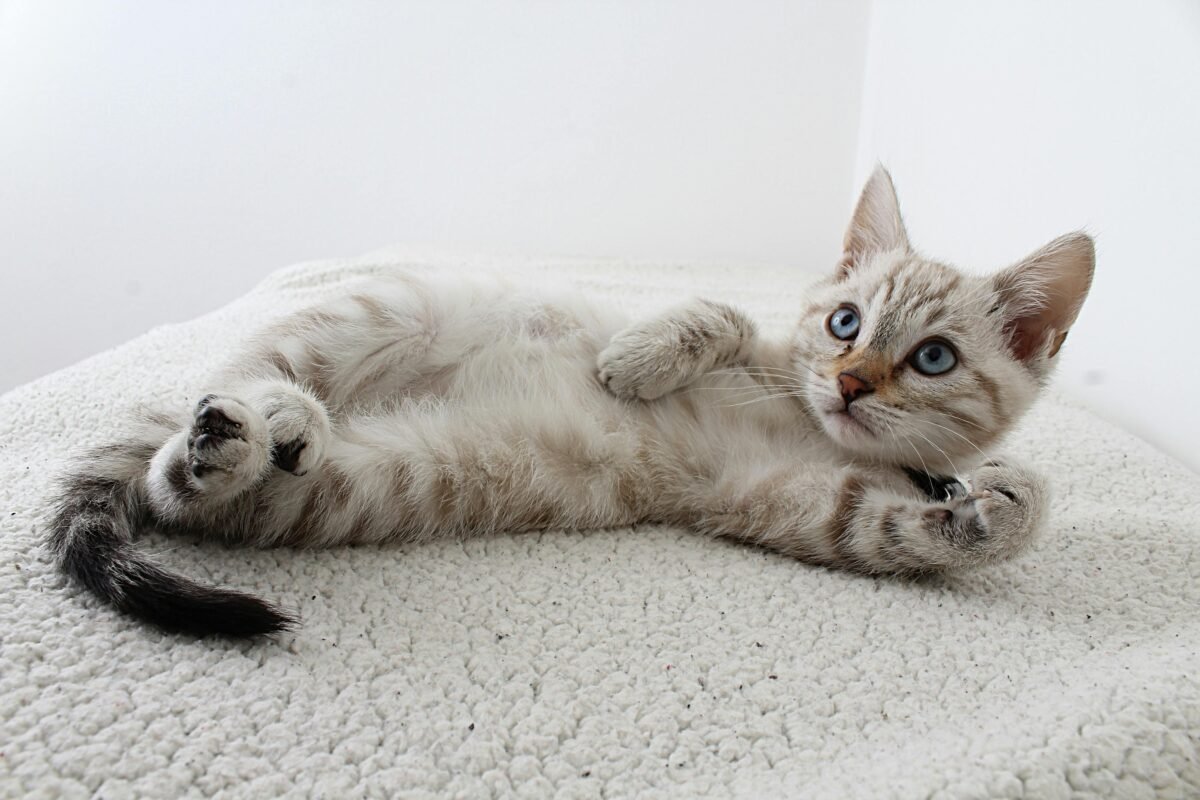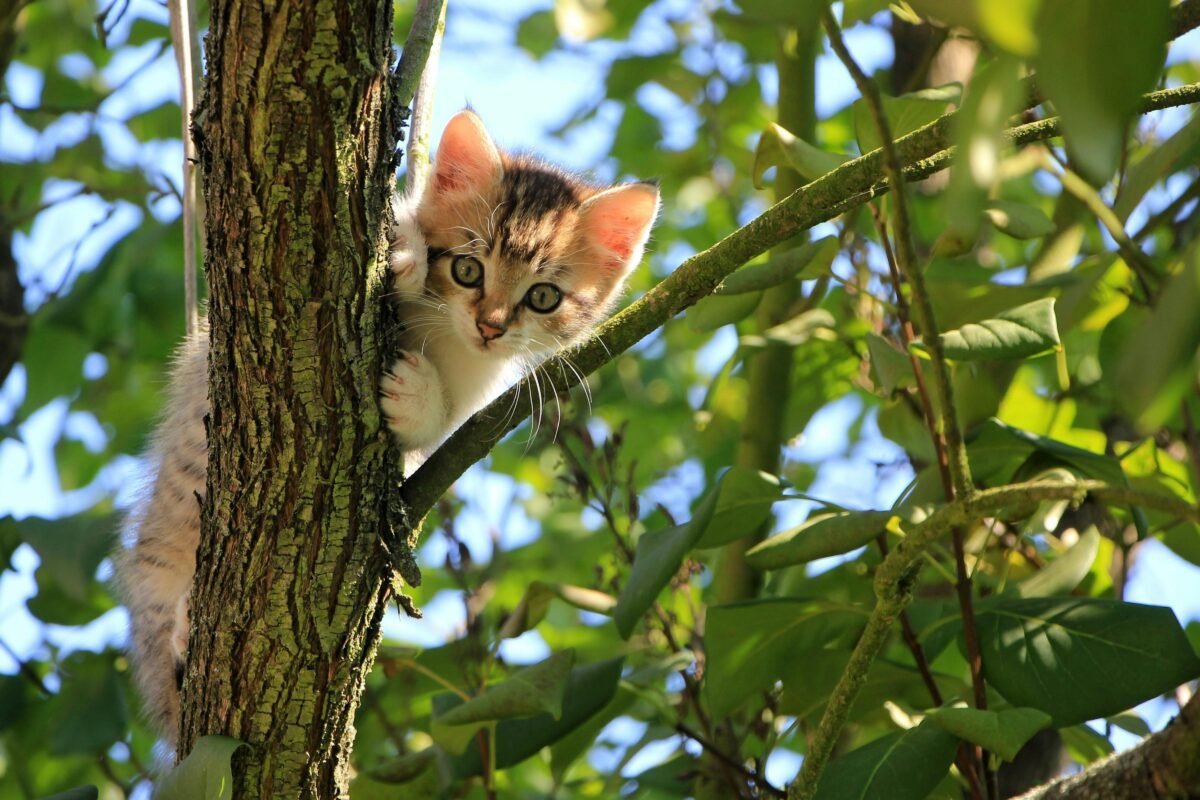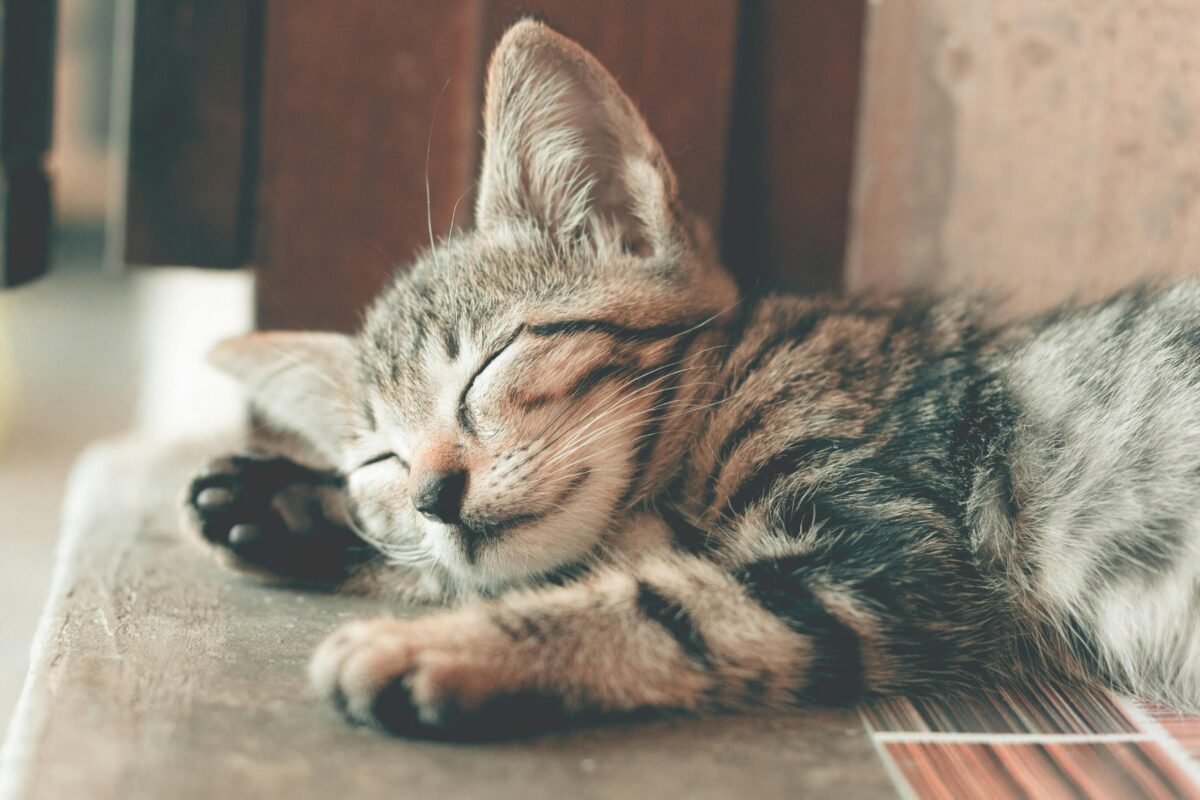Blog
Allergies in Cats: How to Spot Food Sensitivities Early
If your cat always seems itchy, sneezy, or has tummy troubles after eating, you might be dealing with food sensitivities. Many pet parents don’t realize that cats can develop allergies just like humans, and the signs are often subtle at first. The good news is that with a little observation and the right knowledge, you can spot these issues early and keep your furry friend happy and healthy.
Why Do Cats Develop Food Allergies?
Food allergies in cats happen when their immune system mistakes certain ingredients as harmful invaders, even though they are not. You might think of it like your cat’s body being a little too dramatic about chicken, fish, or grains. Over time, repeated exposure to the same ingredient can trigger reactions that leave your cat scratching or feeling uncomfortable after every meal.
Most food sensitivities develop around common protein sources such as beef, chicken, or dairy, but sometimes cats react to grains or artificial additives. You may find this surprising because you see these ingredients listed in almost every bag or can of cat food. The tricky part is that symptoms can look like many other health problems, so it’s easy to miss what’s really happening.
Common Signs Your Cat Might Have Food Sensitivities
Every cat reacts differently, but there are some clear red flags you should watch for if you suspect food-related issues. Constant scratching or licking, especially around the face, neck, or paws, often signals irritation linked to diet. You may notice your cat grooming more than usual, leaving small bald patches or a dull coat that has lost its shine.
Digestive problems are another common clue, such as frequent vomiting, diarrhea, or loose stools. While an upset stomach can happen occasionally, repeated problems after meals suggest your cat’s food may be the culprit. Respiratory symptoms like sneezing, coughing, or watery eyes can also appear, which makes some cat parents confuse food allergies with seasonal allergies.
When you put these puzzle pieces together, the pattern often points to what’s happening inside your cat’s bowl. By paying close attention to timing, frequency, and consistency, you can start connecting the dots more easily than you might think.

How to Identify and Manage Food Sensitivities
The first step in managing food allergies is recognizing that trial and error plays a big role in the process. Most veterinarians recommend an elimination diet, which means feeding your cat a limited diet that removes the most common triggers. You usually introduce one novel protein—like duck or rabbit—that your cat hasn’t eaten before and watch for changes over several weeks.
During this time, it’s important to avoid treats or table scraps that could sneak in hidden allergens. If symptoms improve, you know the old food contained something your cat couldn’t tolerate. Reintroducing ingredients slowly allows you to identify the exact cause, but it requires patience and consistency to get clear results.
Once you know the problem ingredient, you can find high-quality cat foods designed for sensitive stomachs or allergies. Limited ingredient diets, grain-free options, or special veterinary formulas can make life much easier for both you and your cat. The key is not giving up too quickly, because the process takes time, but the outcome is worth the effort.

Keeping Your Cat Comfortable Long-Term
Spotting food sensitivities early means your cat can return to living a comfortable, playful, and healthy life with fewer tummy troubles. You’ll notice shinier fur, calmer behavior, and more energy once the right diet is in place. Think of it like solving a mystery that brings peace to both your household and your cat’s belly.
Remember, every cat is unique, and what works for one may not work for another. Your cat’s perfect diet is out there—it just takes a little detective work and some loving patience from you. And when you finally see your cat enjoying meals without discomfort, you’ll know the effort was absolutely worth it.
Final Thought: If you suspect your cat has food sensitivities, don’t panic—just start paying closer attention. With a little observation, a patient approach, and support from your vet, you can find the right food and give your cat the comfort they deserve. A happy tummy always means a happy kitty. 🐾💕

